The other side of ballet: what ballet dancers don’t talk about (13 photos)
For most viewers, ballet remains a fairy tale. But at what price it is given and what is behind the production, as a rule, we have no idea. 
A performance for ballet dancers and for spectators are two completely different categories. Some people stew in this juice day after day, never talking about some of the nuances of the “cuisine”; others don’t even want to know how much blood and sweat goes into productions. Spectators want magic and fairy tales, but they still wonder what ballet dancers hide behind the scenes of the theater?
20 “teams” for one performance 
Each ballet dancer has his own understudy - from prima to main soloists. Most often, the performance rehearses 2-3 teams at once. Understudies are always present at the performance - they are ready to go on stage at any time if the ballet dancer gets injured or some other force majeure happens. If the performances take place one after another, then one or the other team performs alternately. But the corps de ballet is always the same - even when solo dancers are invited from other theaters or from abroad.
Makeup and its secrets 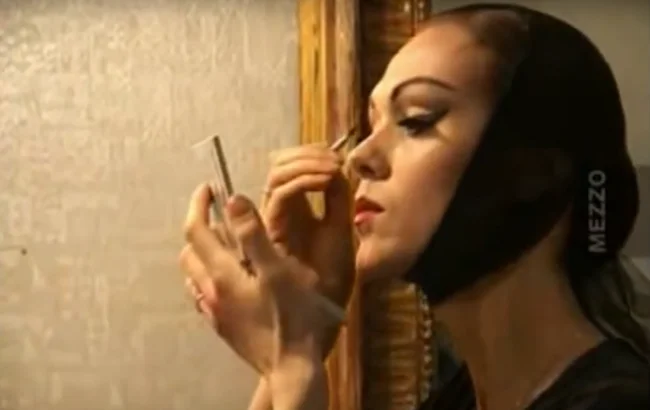
While theater actors are given make-up by specially trained people, ballet dancers do this themselves - fortunately, at the choreographic school they all take a course where they learn how to do stage make-up.
Unlike ordinary theatrical makeup, ballet makeup should be very, very bright and contrasting. It includes fairly large elements so that the audience from the audience can see the eyes, eyebrows, and mouth of the actress and artist. To do this, huge arrows are drawn and false eyelashes are used. But the products used are ordinary cosmetics, and not special theatrical makeup.
A little about pointe shoes 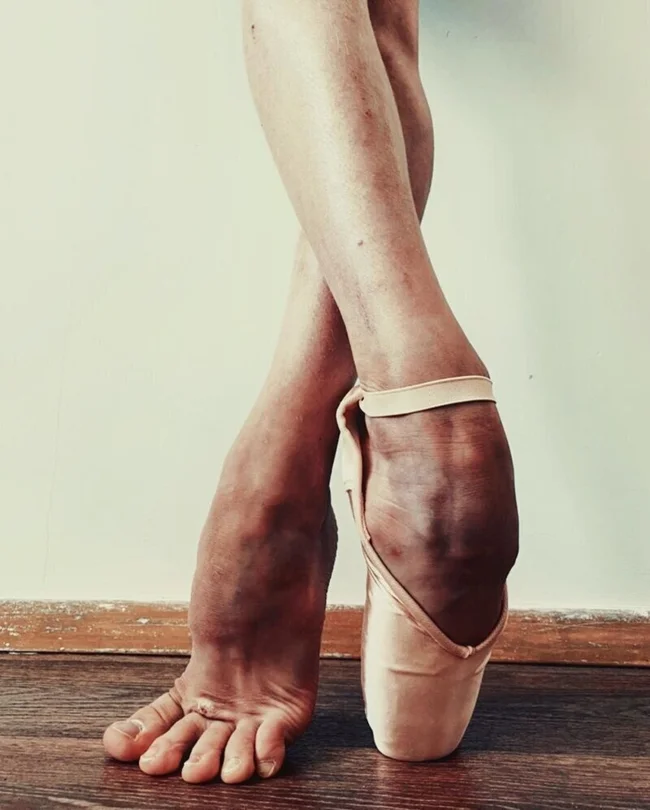
When a ballerina lands after a jump and even on her fingertips, they experience a colossal load - about 100 kg. The pointe shoes that a ballerina wears have a hard toe - it allows you to hold the foot in the correct position and lightens the load. Nowadays, artists use silicone inserts to soften the hard “box” - previously thin layers of raw meat were used for this purpose.
How many ballet shoes does a ballerina need for a year? 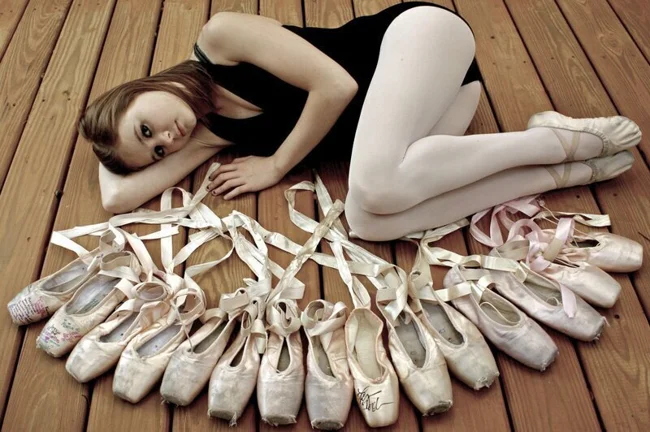
On average, a prima ballerina needs about 300 pairs of ballet shoes every year, that is, their consumption is more than 1 pair per day, including weekends. Not everyone can afford to buy new ones every time, so seeing a ballerina darning the toes of her shoes after training is a common occurrence. For a ballerina from the corps de ballet, the consumption of shoes is not so great - about 100 pairs are used in a year.
What do a ballerina's legs look like without shoes? 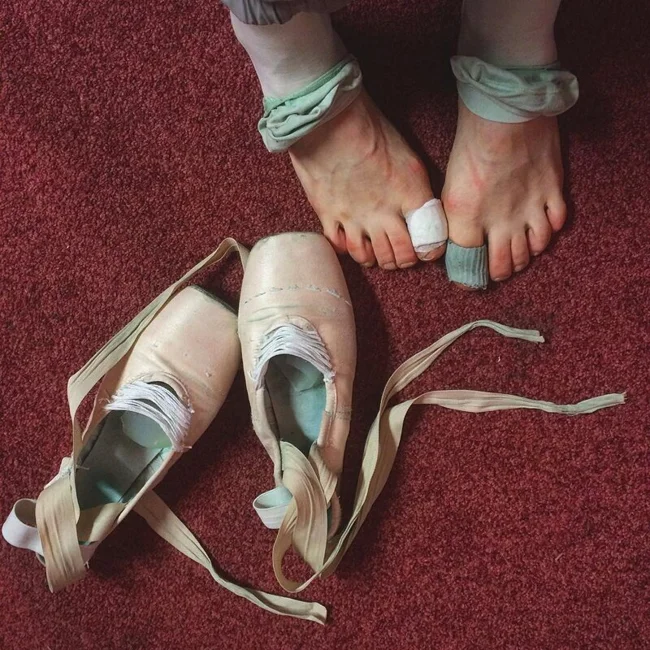
Corns, abrasions, bleeding wounds and calluses, as well as crooked fingers are a common occurrence for any ballet dancer. Beauty requires sacrifice. 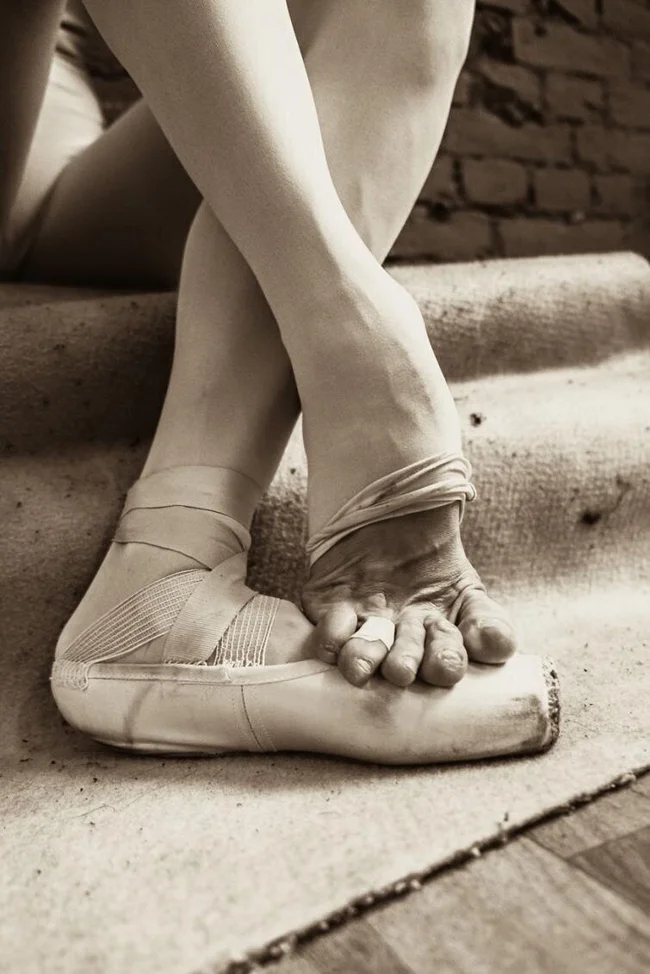
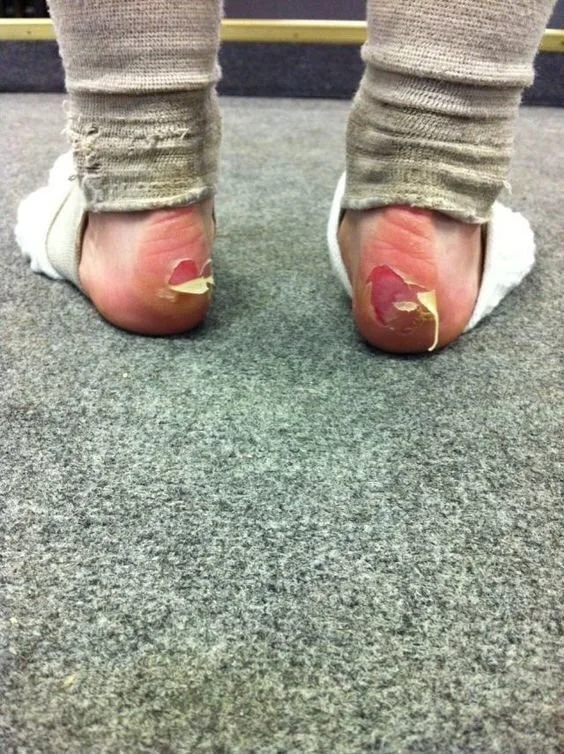
Diet or special constitution? 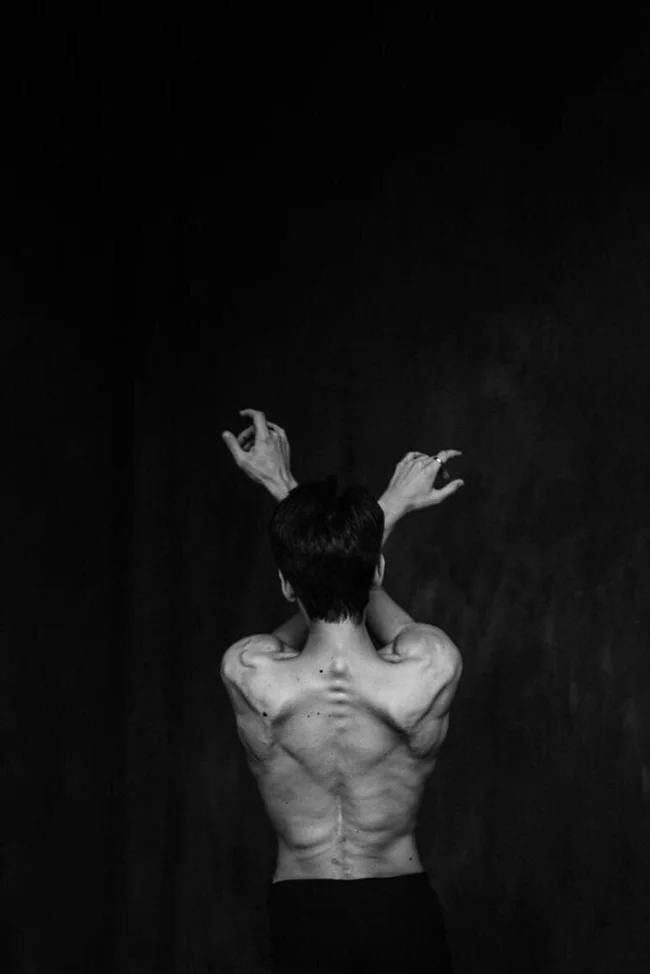
There is a widespread belief that ballerinas often go on a strict diet. This is both true and untrue. Who's lucky? Skinny girls can eat anything, because the weight gained will instantly go away during training and, even more so, during a performance. For those inclined to be overweight, ballet is difficult - even at school they will be harassed with mandatory weigh-ins, and if the weight continues to increase, the girl will be advised to choose a different path.
Meanwhile, performers can lose up to three kilograms during one performance. However, the hardest thing is for ballet dancers - they also need to be thin, jumping and, at the same time, strong - try dragging the ballerina throughout the entire performance. What if Volochkova gets caught?
No pauses or mistakes 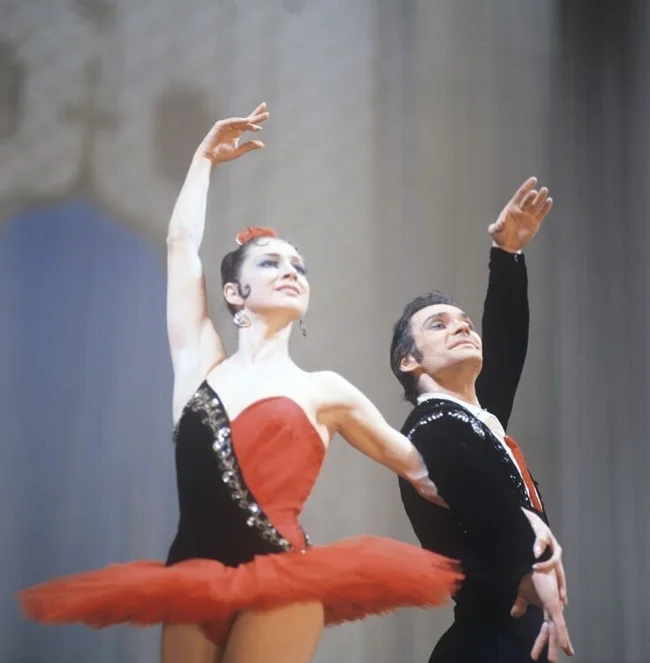
While it is acceptable (although not always encouraged) for theater actors to introduce improvisational nuances into a performance, this is not and cannot be the case for ballet actors. Everything is “scheduled” in seconds and subordinated to the overall composition, tied to music. A ballet dancer cannot take a break or repeat an unsuccessful rotation, for example. The entire performance is performed at an extremely fast pace and with great physical exertion for each soloist.
However, despite this, sometimes dancers themselves complicate the choreography. So, for example, in 1962, Vladimir Vasiliev independently edited the part of Don Quixote: he added rotations, sped up the tempo and included complex transitions on his fingertips. This version of the Don Quixote part has become a classic and is still performed today.
Injuries and pain 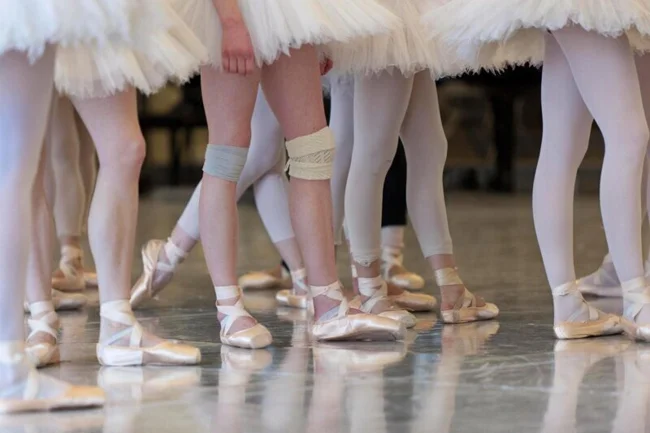
Ballet is unthinkable without injuries. Artists get injured while jumping, fall after unsuccessful lifts, get sprains and dislocations during rehearsals. The most offensive thing is to get injured during a performance - this, by the way, is not at all uncommon.
For example, in 2000, during the ballet “La Bayadère,” the prima of the Mariinsky Theater Ulyana Lopatkina injured her ankle, but was able to finish the performance. But after that she had to undergo serious treatment - the ballerina even left the stage for several years. 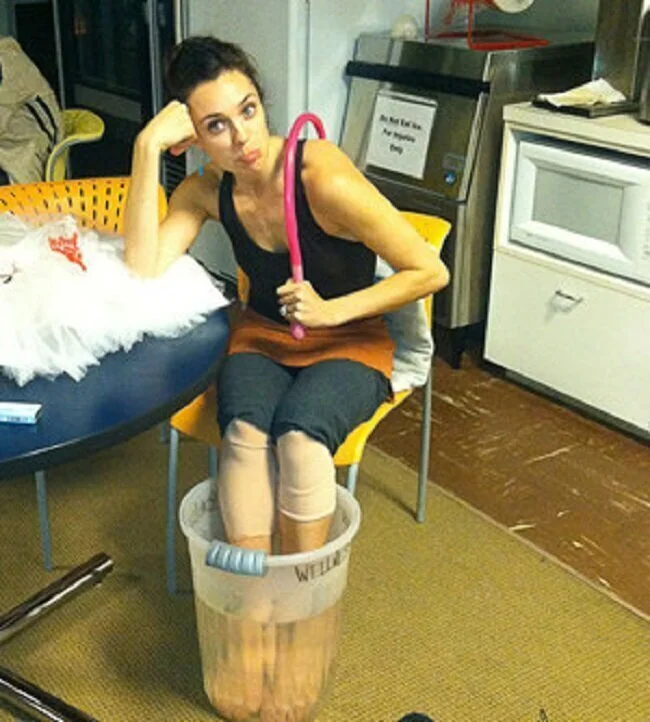
Even if artists are not injured, they constantly experience muscle pain due to heavy workloads. A sauna, massage, yoga, meditation and just a bucket of water or legs up on the wall help them relax.
Support Group 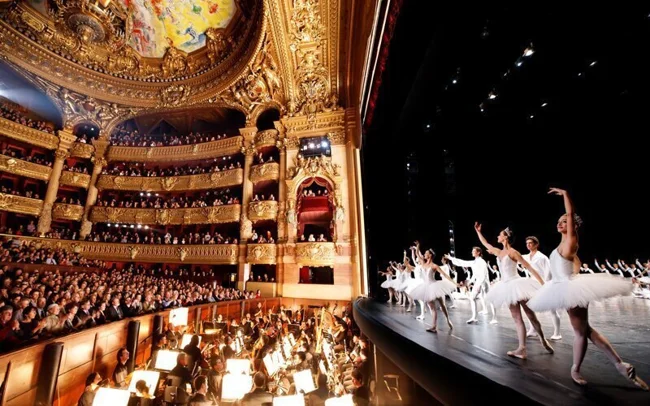
In ballet, it is customary to support beginning dancers. At the premiere, which the audience may perceive coolly due to unfamiliar names, several people from the support group will definitely be present. At the right moment they will begin to applaud and shout “bravo”. These people are located one at a time in those parts of the hall where the sound resonates most - this creates the illusion that not one person, but several, is applauding. Clackers - that's what they are called - can also throw flowers onto the stage when the dancer takes his bow. These comrades are already paid for by the artists themselves.
By the way, competitors can use such “paid spectators” to boo an artist or performance.
